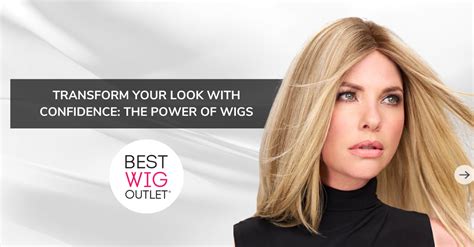Introduction
For over 5,000 years, real human hair wigs have empowered individuals to express their style, enhance their confidence, and cover hair loss. From ancient Egypt to modern-day Hollywood, these versatile hairpieces have graced the heads of countless people, transcending time and culture.

Pain Points and Motivations
- Hair Loss: Up to 50 million Americans experience hair loss, which can lead to emotional distress and impact self-esteem.
- Medical Conditions: Treatments for cancer, alopecia, and other medical conditions can cause hair loss, creating a need for hair replacement solutions.
- Style Versatility: Wigs offer instant and customizable style changes, allowing users to experiment with different lengths, colors, and textures.
Applications and Benefits
1. Hair Loss Coverage
- Disguise thinning hair or bald patches
- Regain a sense of control over appearance
- Improve self-confidence and reduce anxiety
2. Medical Applications
- Protect sensitive scalps during radiation therapy
- Conceal hair loss from chemotherapy or alopecia
3. Fashion and Style
- Express creativity and experiment with new looks
- Enhance confidence and make a statement
- Complete costumes and special occasion ensembles
Choosing the Right Wig
1. Material
- Real Human Hair: Provides the most natural appearance, durability, and style versatility.
- Synthetic Hair: More affordable, easier to style, and resistant to heat damage.
2. Hair Type
- Straight: Sleek and classic
- Wavy: Soft and romantic
- Curly: Voluminous and defined
- Coily: Dense and bouncy
3. Color
- Match your natural hair color or experiment with different shades
- Highlight or add lowlights for dimension
- Consider undertones (warm, cool, or neutral)
Proper Care and Maintenance
- Wash regularly using a mild shampoo and conditioner
- Use a wide-toothed comb or gentle brush
- Avoid excessive heat styling
- Store in a cool, dry place when not in use
Market Trends and Innovations
- Invisible Wigs: Advanced lace designs create the illusion of hair growing from the scalp.
- Custom-Made Wigs: Designed to fit the wearer’s head shape and hair texture perfectly.
- Afro wigs: Embracing the beauty and diversity of coily hair textures.
- Environmental Sustainability: Wigs made from ethical sources and recycled materials.
Tables
Table 1: Hair Loss Statistics
| Condition | Prevalence |
|---|---|
| Male-Pattern Baldness | 35% of men |
| Female-Pattern Baldness | 19% of women |
| Alopecia Areata | 1-2% of population |
Table 2: Wig Material Comparison
| Material | Advantages | Disadvantages |
|---|---|---|
| Real Human Hair | Natural appearance, versatile, durable | Expensive, requires regular care |
| Synthetic Hair | Affordable, heat-resistant, easy to style | Less natural appearance, limited durability |
Table 3: Wig Style Options
| Style | Description |
|---|---|
| Lace Front | Creates a natural-looking hairline |
| Full Lace | Provides ultimate versatility and comfort |
| Capless | Lightweight and breathable |
| Machine-Made | Durable and affordable |
Table 4: Wig Care Tips
| Frequency | Action |
|---|---|
| Weekly | Wash with mild shampoo and conditioner |
| Monthly | Deep condition for added moisture |
| As needed | Touch up roots or style with hot tools |
FAQs
1. Can I swim with a wig on?
Yes, you can swim with a human hair wig, but rinse it thoroughly with cold water afterward to remove chlorine or salt.
2. How long do human hair wigs last?
With proper care, a human hair wig can last for 1-2 years.
3. Do wigs look fake?
Modern wig technologies have advanced significantly, making it possible to create wigs that look incredibly natural.
4. Can I cut and style a wig?
Yes, you can cut and style a human hair wig, but it’s recommended to consult a professional for the best results.
5. How much do wigs cost?
The cost of a wig varies depending on factors such as material, style, and quality. Synthetic wigs can range from $100-$300, while human hair wigs can cost anywhere from $500-$2,000.
6. Can wigs damage my hair?
Properly installed and cared for, wigs do not damage natural hair. However, tight wigs or rough removal can cause breakage or traction alopecia.
7. Are there any drawbacks to wearing wigs?
Wigs can be expensive, require maintenance, and may not always feel as comfortable as natural hair.
8. Where can I find a good wig?
You can find wigs at beauty supply stores, salons, online retailers, and wig specialists.
